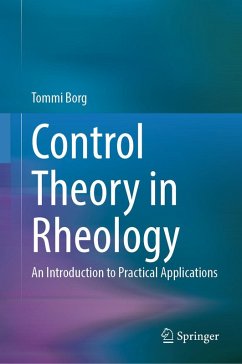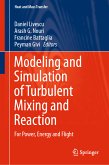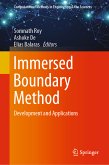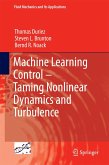The book adopts a counterintuitive approach, starting afresh and proceeding chronologically from steady-state viscosity and other flows relevant to practical engineering to the theoretical formulas of relaxation phenomena. It simplifies unnecessary complexity while still drawing on the well-documented motions of molecular chains. Furthermore, the book offers deeper insights into the background of power-law theories and the Cox-Merz rule, supplying new formulas for the relaxation modulus, spectrum, and various modules through the application of unified formulas. Professionals and scholars alike will find it a handy reference tool.
Dieser Download kann aus rechtlichen Gründen nur mit Rechnungsadresse in A, B, BG, CY, CZ, D, DK, EW, E, FIN, F, GR, HR, H, IRL, I, LT, L, LR, M, NL, PL, P, R, S, SLO, SK ausgeliefert werden.









